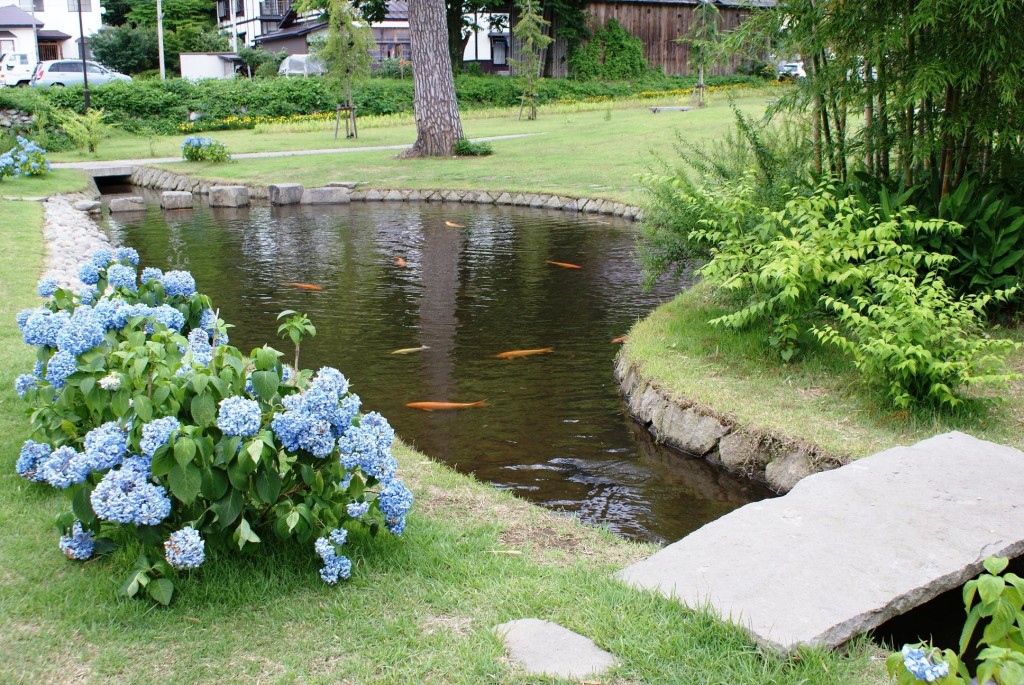
Home ponds are not only beautiful and charming, but they also offer environmental benefits. Home owners can choose their ideal pond design and features when requesting a home pond. Not only are you helping the environment, but your home looks all the more beautiful for it. Also, by adding artificial pond plants you can help bring your pond to life and make it more unique. Here is a look at five ecological benefits of building a pond.
Water Conservation:
Plants added in a garden need a lot of watering. Estimates show that regular lawns end up using around 800 to 1600 gallons of water every month. In contrast, ponds only need filling once a year. During other months, ponds are naturally re-filled with rainwater. If water levels ever drop, owners only need to add a little bit of water with their hose. Plants within or right next to the pond are hydrated by its water. Owners can also use the pond’s water on their other plants, conserving water use. Buy a plant watering can and fill it up with water from the pond, instead of using a hose. Homeowners who want to save more water can even position their drainpipes to empty water from the roof into the pond.
Fewer Toxic Chemicals:
Ponds are a great alternative to traditional laws, especially because they do not require weekly or bi-weekly mowing. Americans mow their lawns all the time, and most people use gas-powered movers to complete the job. This results in hundreds of millions of gallons in gas usage, and a ton of new air pollution. Garden equipment typically emits carbon monoxide and nitrogen oxide. Even filling up lawn equipment with gas leads to constant spillage, which wastes about 15 million gallons of gas per year.
Fewer Pesticides or Fertilizers:
People use pesticides and fertilizers in their lawns on a regular basis. The EPA indicates that less than 40 percent of these fertilizers end up reaching the grass plants. The other 60 percent goes into the air or groundwater. When a home contains a pond, it is possible to use the pond filter’s collected sludge as a natural fertilizer to feed the other parts of your garden.
Supporting Wildlife:
Ponds are great for fishes, with goldfish the most popular kind, but they also become a safe haven for indigenous wildlife in the area. For example, dragonflies, birds, frogs and tadpoles often benefit from a nearby pond for their survival. Frogs and tadpoles love the pond because they can eat the created algae. Having a few frogs in the garden is also great at keeping the insect population in check.
Awareness of the Environment:
If you have kids, spending time working on the pond with them is the best way they can learn about the environment. Maintaining a pond and admiring the ecosystem it creates within your front or back-yard is a great way for children and adults to experience the wonders of nature. This helps develop individuals who spend more of their time caring about the environment and thinking about how humans can help maintain this planet’s beauty.


Speak Your Mind